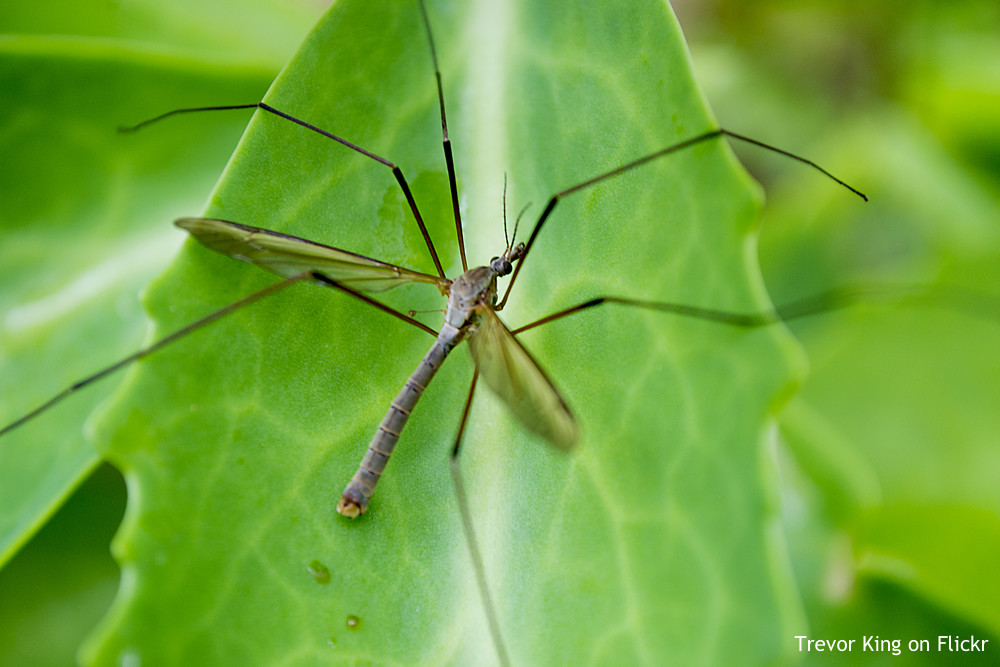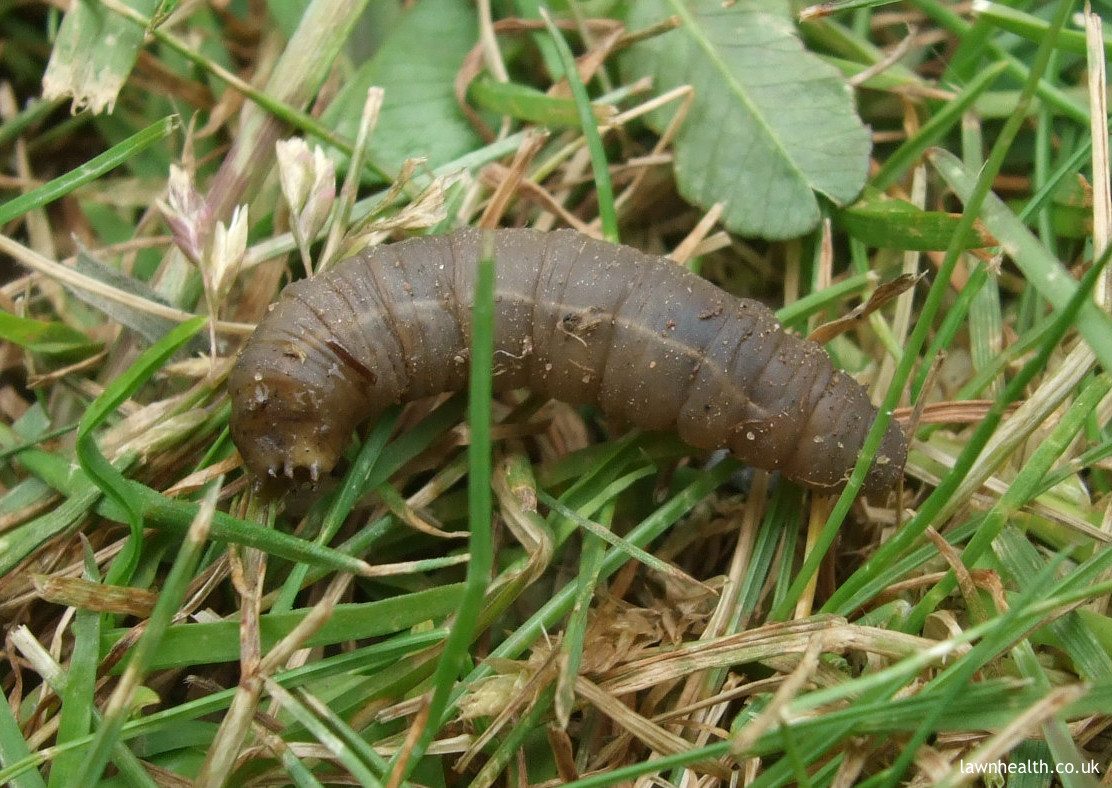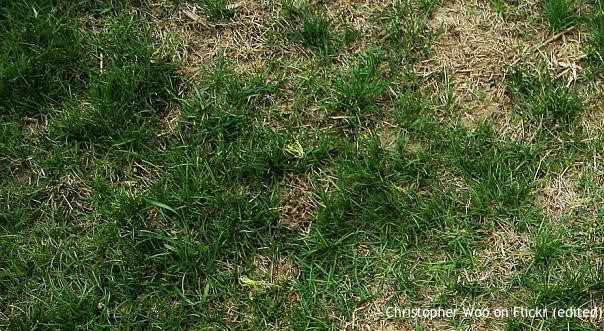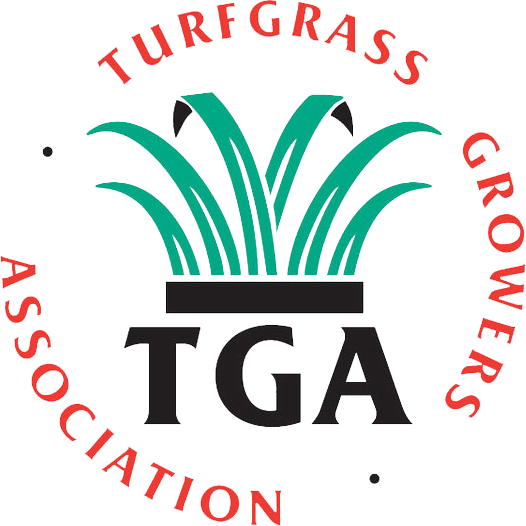Leatherjackets are the larvae of Crane fly (Daddy long legs). The larvae hatch from eggs laid in grass during July, August and September. They burrow down into the soil and start feeding on grass roots. As they feed and grow they do progressively more damage to the grass and by spring can have eaten enough roots to kill patches of a lawn. Damage can also be caused by birds digging the lawn in search of the grubs.
STEP 1 – ARE CRANEFLY PRESENT?
Between June and October observe whether any Cranefly (Daddy long legs) are present on the grass.
STEP 2 – CHECK FOR LEATHERJACKETS
From September through the winter check for Leatherjackets by digging 3-5cm down into the soil with a spade, especially if Cranefly were seen, and/or there are any signs of deterioration in the lawn.
STEP 3 – TREAT WITH NEMATODES
Chemical treatments for leatherjackets are now banned worldwide. Treatment with nematodes is undertaken only once leatherjackets have been observed in the autumn. They should then be applied according to instructions. They are live worms so must be used within 2 weeks of supply, with sufficient water and soil temperature higher than 12C.They will kill the grubs within a few weeks. A further application can be made if necessary.
Other measures which can be taken include covering the lawn with polythene over night to encourage leatherjackets to the surface. They can then be removed from the surface in the morning.
STEP 4 – CHECK AGAIN IN THE SPRING
Having used nematodes, especially if you notice a patchy lawn, check again for leatherjackets the following Spring (March) and treatment can be repeated once the soil is warm enough.
FINAL THOUGHTS
New turf is more susceptible to damage while its root system gets established so preventative action is advisable. But even a healthy established lawn could be affected. We saw a few instances of this in Spring 2016 after a particularly warm and wet winter. So use of nematodes following the presence of Cranefly in the summer is important.
Further sources of advice and suppliers of Leatherjacket Nematodes:
www.turfgrass.co.uk/2020/09/30/insects-in-your-lawn/
www.rhs.org.uk/advice/profile?pid=651
www.rhs.org.uk/advice/pdfs/biological-control-suppliers
Contact us or search Google for suppliers of Nematodes and for information about leatherjackets. Please contact us on 01392 231040 or email sales@wesellturf.com
#ILoveMyDevonGarden 2022
Our FREE TO ENTER photo campaign #ILoveMyDevonGarden 2022, raising money to help disabled people in Devon enjoy the great outdoors, has just finished. Want to find out more? Follow the link below:
Contact us
01392 231040
sales@wesellturf.com
Office address
HCT Turf
The Old Stable
Clyst Road
Topsham
EX3 0DB




